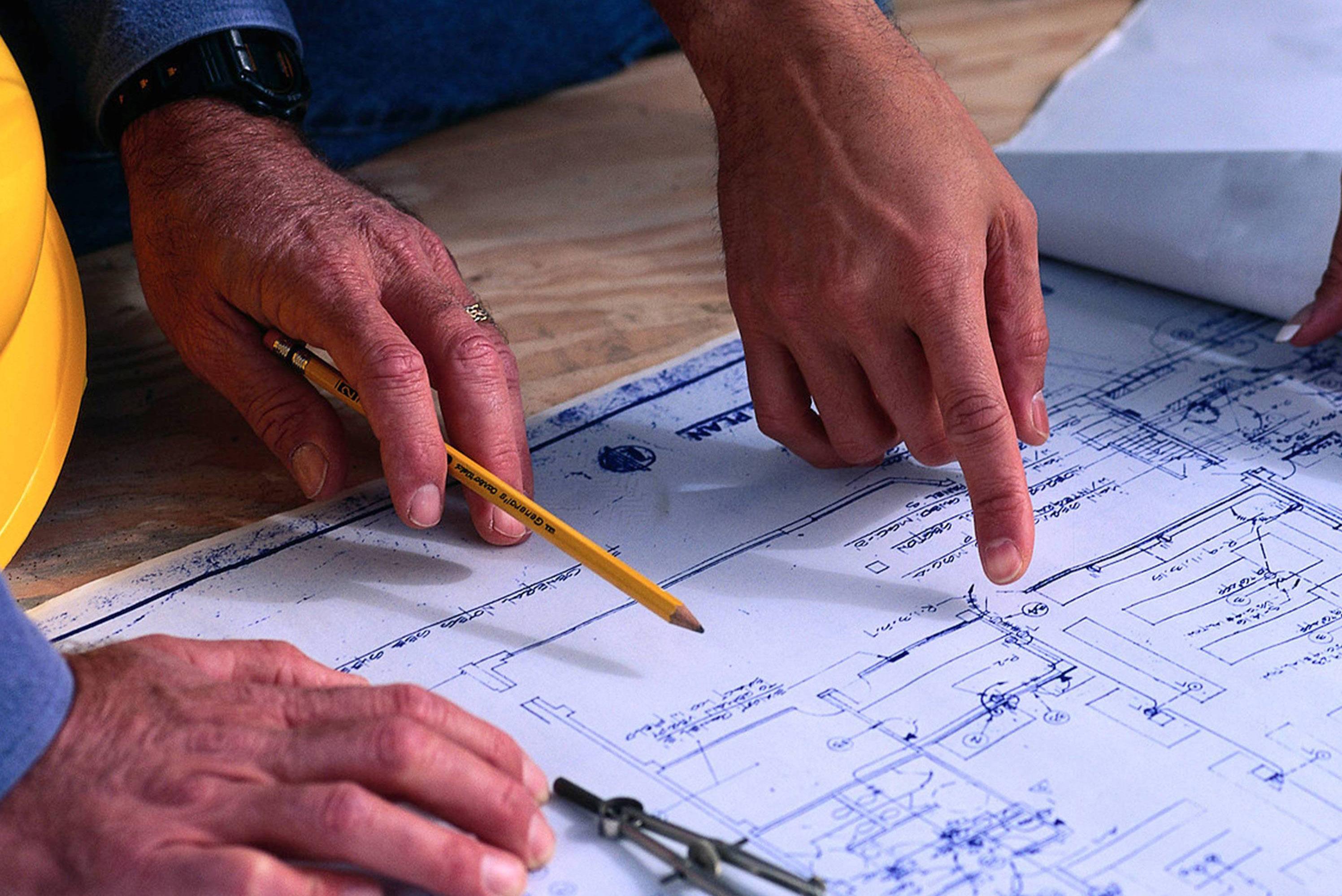
7 minute read
BY THE NUMBERS
By the Numbers: Understanding the True Value of Square Footage
Measuring the square footage of a property may seem like an objective and straightforward task, but you’d be surprised at how many agents and homebuyers misunderstand this pivotal figure. True square footage provides homebuyers a concrete understanding of their prospective domain, but here’s the problem: the rules to determine a home’s square footage are not always uniform across the board. What’s more, much of a home’s value is determined by its size, so accuracy is certainly important. While many real estate agents have their own systems for determining or confirming a home’s true square footage, it doesn’t hurt to update your practices and become an expert on the subject. After all, you may learn a few techniques that could add value to a listing, or better prepare you in guiding house-hunters on the lookout.
1. Do your due diligence
Most towns and cities have a local records department where floorplans and blueprints are kept on file. It’s worth noting that these records don’t typically include any subsequent additions or remodels on a property, but they still give archive hunters a legal baseline when outlining a property’s square footage. Oftentimes, a straightforward online search of a city or county’s records office can pull the information necessary, or else agents can poke around in person to uncover informative blueprints at the records office. Either way, access to original blueprints or floorplans is a great tool for determining livable square footage. As a bonus, original blueprints and floorplans—especially in historic properties—can be intriguing visual aids for prospective buyers, as well.
2. Know the rules
While there aren’t universal standards when it comes to measuring square footage, there are general guidelines that can help determine square footage in an authentic way. Per the American National Standards Institute (ANSI), here are the official recommendations for measuring a home’s real square footage:
n Called “below grade spaces,” basements and sunrooms beyond a home’s typical

living quarters do not count toward a home’s true square footage. According to ANSI, even big draws like finished basements don’t count toward a property’s Gross Living Area. Of course, even below grade spaces have their own desirable value and should be outlined as such on listings.
n Did you know the space inside closets and on stairways counts toward a home’s square footage? Even if these areas are relatively small, they still add to a property’s calculable square footage.
n When recording square footage, ANSI actually suggests performing measurements from a property’s exterior—though this method does not account for the thickness of exterior walls, which could skew square footage numbers.
n Just like below grade spaces, a garage, a pool house, or even a guest house should not be included in a property’s Gross Living Area. The rationale at work here is this: if you must go outside to access additional living areas, then they are beyond the square footage scope of the primary dwelling and should not be included in a home’s Gross Living Area.
3. Double-check by doing the dirty work
Buyers and sellers have or will make a sizable investment in a property, so isn’t it fair to double-check all the relevant facts and figures


when it comes to true square footage? If you want to take on the endeavor yourself, here are a few helpful steps to take.
n First, you’ll need a few things to get started, including a tape measure that can measure at least 100 ft., graph paper, and a pencil.
n Next, choose a room to start measuring wall-by-wall. Measure Wall 1, then proceed to assign each square on the gridded paper a corresponding measurement, rounding to the nearest tenth of a foot for the sake of clarity.
n From there, draw out the wall you measured and measure the remaining walls in the room. Once you’ve completed the room’s measurements, multiply the room’s length and width to determine its square footage.
n As you go measure throughout the home, using your own system to scale, you will construct a failsafe floorplan.
Mastering your craft is everything, and the real estate industry is no different. Every now and again, it’s worthwhile to update your well of information, take matters into your own hands, and continue to innovate with the industry. While square footage may not seem like the juiciest starting off point for such a venture, never forget: mastery of technical knowledge is a sure sign of expertise.






mailto:mag@topagentmagazine.com


http://www.topagentmagazine.com




ANDREA WEISMAN


Before becoming a Realtor, Andrea Weisman worked as a licensed manicurist at one of downtown Milwaukee’s top salons. After over a decade in this role, Andrea felt as though she had “pigeon-holed” herself and was looking for a new opportunity that could parlay the people skills she had developed as a manicurist with her interest in real estate. That interest arose from her own home buying experience. “I had sold my home a few years back and had really enjoyed that process.” This interest turned into a new career.
Now entering her fourth year as a real estate agent, Andrea’s successes have continued to mount. Her sales have increased every year, including sales of nearly $9 million in 2020, doubling her 2019 volume. Her hard work has not gone unnoticed. In 2020 Andrea achieved Icon status with her brokerage, eXp Realty, and is being recognized as a 2021 Rising Star of Real Estate. Although Andrea partners with eXp, a brokerage she praises for its high standard of excellence, she works as a solo agent, serving clients throughout southeastern Wisconsin.
Asked to outline the secret to her success, Andrea explains, “I’m a hard worker and I love people. I’m able to build and nurture relationships. As a Realtor, I understand that each client has their own set of needs and that no two clients are alike. It’s

important to listen and then work with them to ensure their needs are met. By the end of the process, I hope we become friends.” It must work. “I get invited to a lot of housewarming parties!” Andrea proudly boasts.
Although Andrea is incredibly active on social media platforms including Facebook and LinkedIn—even joining in some podcasts— she believes she’s incredibly effective in marketing within her sphere of family, friends, and past clients. She’s in frequent contact with former clients, saying, “I try to reach out to them one month after closing to see if anything has come up that they need. I also celebrate the one-year anniversary of their closing and send handwritten notes and cards on holidays.” And it’s working! Andrea takes great pride in a client and referral rate of eighty percent and her many 5 star reviews across Zillow, Realtor. com, and other websites.
Andrea is very active in her community. She sits on the board of the Cystic Fibrosis Foundation and chairs the Tomorrow’s Leaders program, the foundation’s program for developing the leadership skills of young professionals who are helping those affected by the disease. She’s also involved with the Multiple Sclerosis Society. Locally, she volunteers at her son’s school.
Leisure time is spent with her husband and their little boy, who is eight. “Family’s everything. We enjoy hiking lake country together and exploring the city, which I feel like I’m always rediscovering. I’m also a huge foodie, so we’re always trying out new restaurants.”
As for her professional life, Andrea plans to continue following her bliss. “I am very blessed to be a part of so many people’s lives. Looking back, becoming a Realtor is probably the best decision I’ve ever made in my life. I’m very happy working as a solo agent and excited to see what the future holds.”



If you’d like Andrea’s help buying or selling a home, call her at 414-331-9699 or contact her via e-mail at AndreaWeismanEXP@gmail.com




